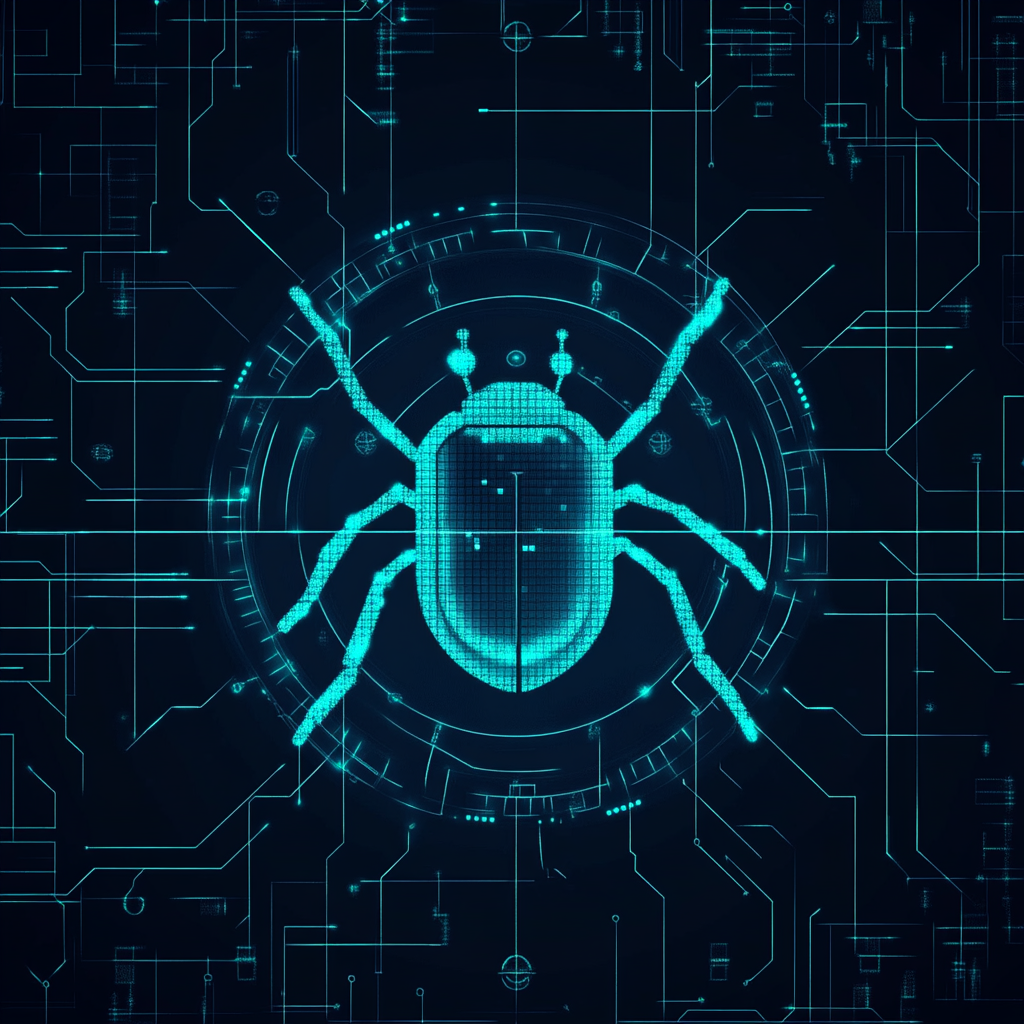Malware, short for malicious software, continues to be one of the most prevalent and damaging threats in the digital age. It targets individuals, businesses, and governments, causing data breaches, financial losses, and even critical system disruptions. This article delves into the types of malware, their methods of attack, and how you can protect yourself and your organization from these evolving threats.
What Is Malware?
Malware refers to any software intentionally designed to harm, exploit, or otherwise compromise devices, networks, or systems. Unlike legitimate software, malware operates covertly and often disrupts operations, steals data, or grants unauthorized access to attackers.
Common Types of Malware
- Viruses
These programs attach themselves to legitimate files or software, spreading when the host is accessed. They can corrupt files, steal data, or render systems inoperable. - Ransomware
A rapidly growing threat, ransomware encrypts a victim’s data and demands payment to restore access. High-profile attacks on corporations and governments have highlighted its devastating potential. - Trojan Horses
Disguised as legitimate software, Trojans trick users into downloading them. Once installed, they grant attackers unauthorized access to the system. - Spyware
This malware covertly monitors user activity, collecting sensitive information such as login credentials, financial data, or browsing history. - Adware
While less harmful than other types, adware floods systems with unwanted advertisements and can slow down devices or lead to more serious infections. - Worms
Unlike viruses, worms don’t require a host to spread. They propagate through networks, exploiting vulnerabilities to replicate and spread autonomously. - Rootkits
These are stealthy programs designed to gain administrative access to a system. They are particularly dangerous because they can remain undetected for long periods.
How Malware Spreads
Malware can infiltrate systems through a variety of methods:
- Phishing Emails: Fraudulent emails trick users into clicking on malicious links or downloading infected attachments.
- Infected Websites: Legitimate-looking websites may host malicious scripts that download malware to your device.
- USB Drives: Malware can be spread through infected external devices like USB flash drives or external hard drives.
- Software Vulnerabilities: Outdated or unpatched software can be exploited by attackers to deliver malware.
- Social Engineering: Attackers manipulate victims into unknowingly installing malware.
Consequences of Malware Attacks
The impact of malware attacks can range from minor inconveniences to catastrophic failures:
- Data Breaches: Sensitive personal or corporate data can be stolen and sold on the dark web.
- Financial Losses: Ransom payments, system repairs, and downtime result in significant monetary damages.
- Reputation Damage: Malware incidents can erode customer trust and harm an organization’s brand reputation.
- Operational Disruption: Critical systems may be rendered inoperable, affecting productivity and service delivery.
Best Practices for Malware Protection
- Use Comprehensive Antivirus SoftwareInstall reputable antivirus and anti-malware programs to detect and neutralize threats. Ensure the software is regularly updated for optimal protection.
- Keep Systems UpdatedRegularly update your operating system, applications, and firmware. Security patches close vulnerabilities that attackers could exploit.
- Practice Caution with EmailsAvoid opening emails or clicking on links from unknown senders. Verify attachments before downloading them, even if they appear legitimate.
- Secure Your NetworkUse firewalls and enable encryption on your Wi-Fi network. Segmenting networks can also limit the spread of malware in case of an infection.
- Backup Data RegularlyMaintain secure, offline backups of critical data. This ensures you can recover information in case of a ransomware attack or other data compromise.
- Educate UsersConduct regular cybersecurity training to help employees and users recognize phishing attempts, social engineering, and other attack vectors.
- Enable Application WhitelistingLimit the software that can run on your systems to pre-approved applications, reducing the risk of unauthorized programs executing malicious code.
- Monitor Network TrafficUse tools to analyze and monitor network traffic for unusual patterns, which can indicate malware activity.
Advanced Malware Protection Techniques
- Behavioral AnalysisModern anti-malware solutions leverage behavioral analysis to identify suspicious activity rather than relying solely on known signatures.
- Endpoint Detection and Response (EDR)EDR solutions provide continuous monitoring of endpoints (like laptops and smartphones) to detect and respond to threats in real-time.
- SandboxingUse sandboxing to test unknown files in a secure environment before allowing them access to your network or system.
- Threat Intelligence SharingParticipate in threat intelligence networks to stay informed about emerging malware trends and vulnerabilities.
Preparing for the Future of Malware
The future of malware will likely involve increased use of artificial intelligence and machine learning by attackers to create more adaptive and complex threats. Staying informed, implementing robust security measures, and fostering a culture of cybersecurity awareness will be essential.
Conclusion
Malware is a pervasive threat in the digital age, but it is not insurmountable. By understanding how it operates, staying vigilant, and implementing best practices, individuals and organizations can significantly reduce their risk of infection. The key to staying ahead of malware is proactive prevention, swift detection, and thorough response.

